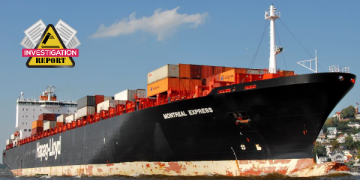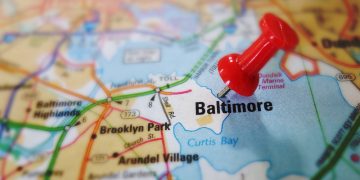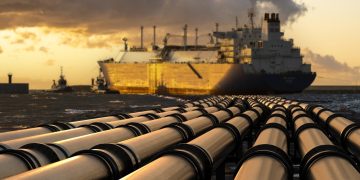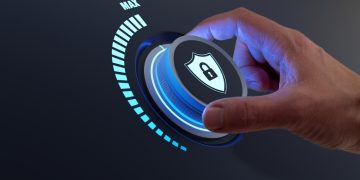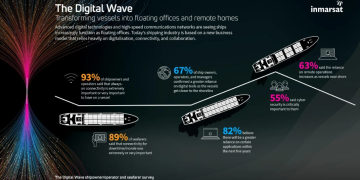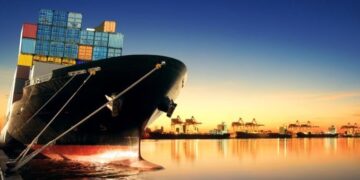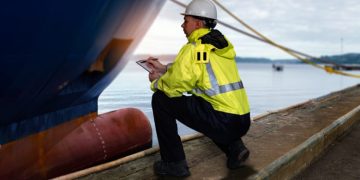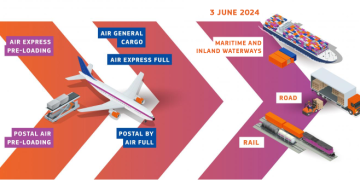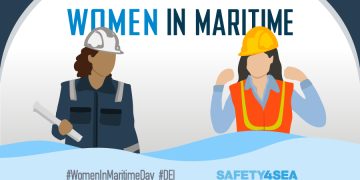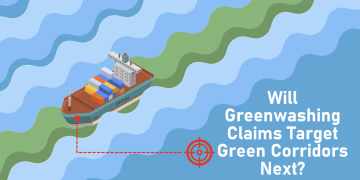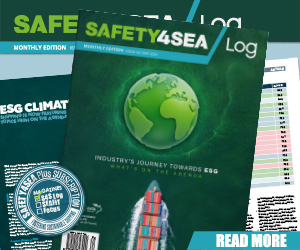Need for planned maintenance schedules on critical equipment
Lessons from UK MAIB's Marine Accident Reports The UK MAIB has recently issued the firstSafety Digest for this year which includes lessons learnt from maritime accidents. One case refers to over-speed damage and highlights how important planned maintenance schedules on critical equipment are.Over Speed DamageFollowing a main engine overhaul on board a dredger, the engine was started for a trial run. After the initial start, the engines speed gradually increased over its normal operating limit. None of the over-speed protection devices, or the operation of the mechanical emergency stop, stopped the engine, which was eventually shut down by covering its air intakes and starving the engine of air. No secondary damage was apparent but two defects, which could have contributed to the over speeding of the engine and the failure to shut down the engine, were rectified. The engine was then tested but the test run did not include the operation of the engines protection devices.A few weeks later, the dredger was stopped while on passage to enable a fractured high pressure fuel line on its main engine to be repaired. Once the repair had been completed, the engine was re-started, but its speed again quickly increased beyond normal operating ...
Read more




